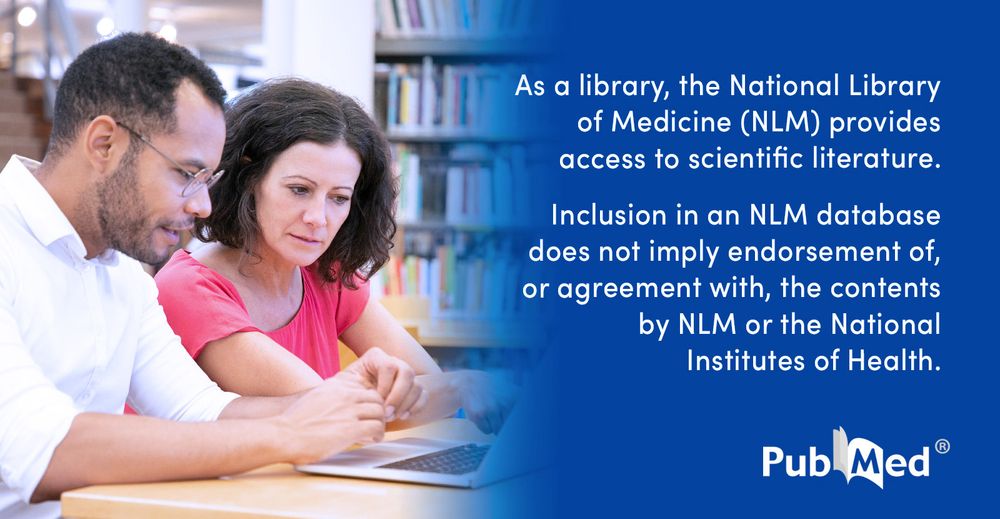
🎓: https://scholar.google.com/citations?hl=en&user=OBPpZq4AAAAJ&view_op=list_works&sortby=pubdate
👨💻: https://github.com/raufs

"DupyliCate - mining, classifying, and characterizing gene duplications"
doi.org/10.1101/2025...
#Bioinformatics #Python #Genomics #Evolution
@puckerlab.bsky.social

"DupyliCate - mining, classifying, and characterizing gene duplications"
doi.org/10.1101/2025...
#Bioinformatics #Python #Genomics #Evolution
@puckerlab.bsky.social
doi.org/10.1093/bioa...
The GlobDB is the largest species dereplicated genome database currently available, containing 306,260 species representatives.
More information on globdb.org 1/5
🖥️🧬🦠

doi.org/10.1093/bioa...
The GlobDB is the largest species dereplicated genome database currently available, containing 306,260 species representatives.
More information on globdb.org 1/5
🖥️🧬🦠

www.nature.com/articles/s41...

www.nature.com/articles/s41...
I am very excited to finally share what has been the main focus of my PhD for the past almost 3 years! It is about viral dark matter and a powerful tool we built to shed light on it. 🧬💡
Continue reading (🧵)

I am very excited to finally share what has been the main focus of my PhD for the past almost 3 years! It is about viral dark matter and a powerful tool we built to shed light on it. 🧬💡
Continue reading (🧵)

www.science.org/doi/10.1126/...

www.science.org/doi/10.1126/...
Congratulations to all the authors of the paper 🍾!
kwnsfk27.r.eu-west-1.awstrack.me/L0/https:%2F...
Cryo-EM reveals open and closed Asgard chromatin assemblies: Molecular Cell www.cell.com/molecular-ce...

Congratulations to all the authors of the paper 🍾!
kwnsfk27.r.eu-west-1.awstrack.me/L0/https:%2F...
Cryo-EM reveals open and closed Asgard chromatin assemblies: Molecular Cell www.cell.com/molecular-ce...


tomtom-lite is a re-implementation of tomtom targeting the ML age of genomics. Fast annotations ("what is this motif?") and simple large-scale discovery of motifs.
Check it out!
academic.oup.com/bioinformati...
tomtom-lite is a re-implementation of tomtom targeting the ML age of genomics. Fast annotations ("what is this motif?") and simple large-scale discovery of motifs.
Check it out!
academic.oup.com/bioinformati...

journals.plos.org/plosbiology/...

journals.plos.org/plosbiology/...
📑The new publication about the #SILVA database for the #NAR database issue is now online.
👉 academic.oup.com/nar/article/...

📑The new publication about the #SILVA database for the #NAR database issue is now online.
👉 academic.oup.com/nar/article/...

DOI: 10.1371/journal.pcbi.1013706
https://pubmed.ncbi.nlm.nih.gov/41252463/

DOI: 10.1371/journal.pcbi.1013706
https://pubmed.ncbi.nlm.nih.gov/41252463/
yawak.jp/PhyloWeaver/
Load a Newick file and intuitively add/remove/resize branches.
Useful for quick conceptual trees, extracting subtrees, or turning ideas into Newick.

yawak.jp/PhyloWeaver/
Load a Newick file and intuitively add/remove/resize branches.
Useful for quick conceptual trees, extracting subtrees, or turning ideas into Newick.
Our new preprint shows more than half of #Klebsiella pneumoniae neonatal sepsis cases in African and South Asian are nosocomial, acquired through transmission in neonatal units. #WAAW
doi.org/10.1101/2025...
![figure showing estimated proportion of cases in clusters, for each site. range from 0.04 to 0.93, mean estimate in random effects model is 0.57 [0.46,0.68]](https://cdn.bsky.app/img/feed_thumbnail/plain/did:plc:q5nky4heg5sfix4get4zh2pw/bafkreibshmuvkuafxwd2uk3r42ss6ma2dhmaidbysgvufnbkbv5cn4guai@jpeg)
Our new preprint shows more than half of #Klebsiella pneumoniae neonatal sepsis cases in African and South Asian are nosocomial, acquired through transmission in neonatal units. #WAAW
doi.org/10.1101/2025...
The Global Soil Plasmidome Resource: 98,728 soil plasmids from 6,860 samples.
Led by @mattlabguy.bsky.social and @apcamargo.bsky.social at @jgi.doe.gov @biosci.lbl.gov @berkeleylab.lbl.gov
www.nature.com/articles/s41...

The Global Soil Plasmidome Resource: 98,728 soil plasmids from 6,860 samples.
Led by @mattlabguy.bsky.social and @apcamargo.bsky.social at @jgi.doe.gov @biosci.lbl.gov @berkeleylab.lbl.gov
www.nature.com/articles/s41...
www.biorxiv.org/content/10.1...

www.biorxiv.org/content/10.1...
A bile acid-bound structure of toxin TcdB revealed the mechanism of inhibition and guided the design of a synthetic bile acid that alleviated C. difficile infection in mice.
#MicroSky 🦠💊
www.nature.com/articles/s41...



